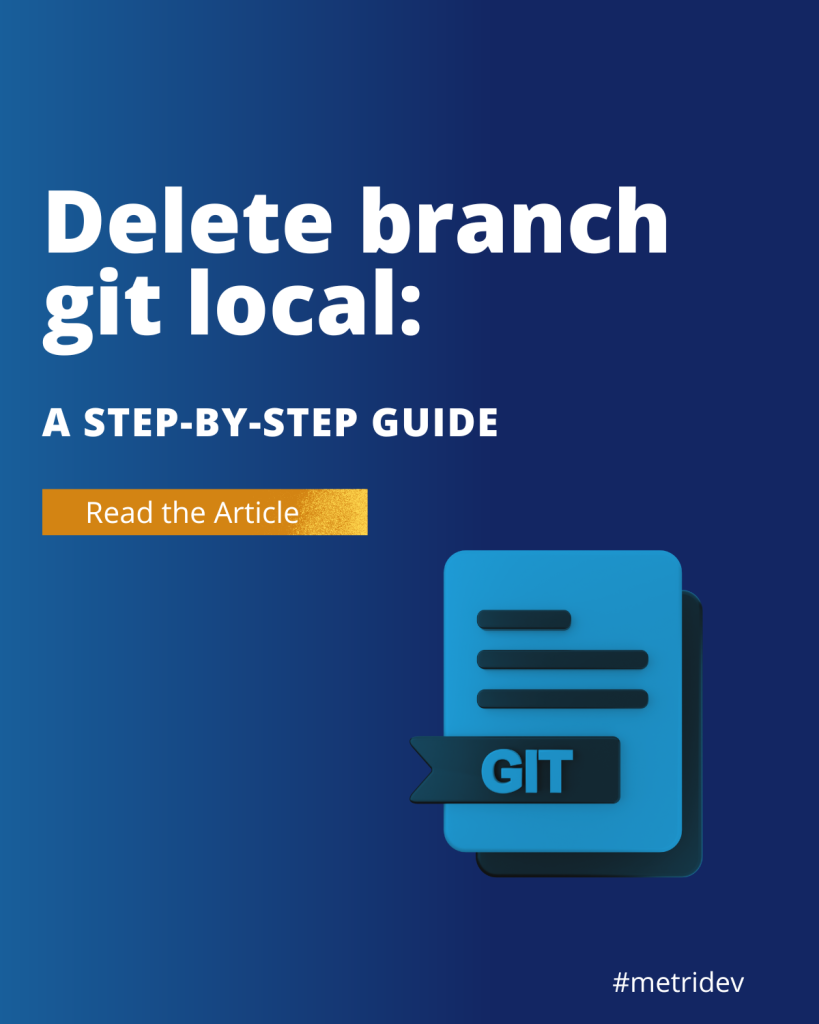Introduction
In today’s fast-paced and competitive software development industry, achieving success requires a clear direction and effective goal-setting. One popular framework that has gained significant traction is OKRs (Objectives and Key Results). OKRs provide a structured approach to goal-setting and aligning efforts across teams and individuals. In this article, we will explore the OKR framework specifically tailored for software engineers, discuss its benefits, and provide examples of how to set effective OKRs for software engineers.
Understanding the OKR Framework
Companies like Google, Twitter, and LinkedIn adopted the OKR framework, a goal-setting methodology that originated in Intel. It consists of two main components: Objectives and Key Results. Objectives define the high-level goals that an individual or team wants to achieve. Key Results, on the other hand, are measurable outcomes that indicate progress towards the objectives.
What is the OKR Framework for Software Engineers?
In software engineering, both individuals and teams can apply the OKR framework. For software engineers, objectives could revolve around improving code quality, enhancing system performance, or delivering new features. Key results might include metrics like reducing the number of bugs, increasing test coverage, or improving response times.
Benefits of Using OKRs in Software Development
Implementing the OKR framework in software development brings several benefits. Firstly, it provides clarity and focus by aligning everyone towards common objectives. This ensures that software engineers are aware of the bigger picture and can prioritize their efforts accordingly. Secondly, OKRs promote transparency and accountability. Setting measurable key results allows for tracking progress and makes performance evaluation more objective. Additionally, OKRs for software engineers encourage collaboration and cross-functional alignment as teams work together to achieve shared objectives.
Top 10 OKRs for Software Engineers
Increase code quality
With the objective of enhancing the overall quality of code, the focus lies on reducing the number of bugs and improving maintainability. Transitioning to the key results, the plan involves reducing the bug count by 20%, achieving a code coverage of 90%, and implementing code reviews for all major features.
Enhance system performance
In pursuit of optimizing system performance, the overarching goal is to ensure efficient and responsive software. To this end, key results entail decreasing the average response time by 30%, enhancing memory usage by 15%, and implementing performance testing for critical components.
Deliver new features
The overarching objective is to continuously deliver valuable features to meet customer needs. To achieve this, key results are essential. These include releasing at least 4 major features per quarter, maintaining a customer satisfaction score of 90%, and reducing the average time to deploy new features by 20%.
Improve collaboration with product managers
The objective is to foster better collaboration between software engineers and product managers. This requires several key results to be achieved. These include conducting weekly sync meetings with product managers, ensuring the timely delivery of features according to the agreed-upon specifications, and receiving positive feedback from product managers.
Enhance security
The objective is to strengthen the security of software systems to protect user data. To achieve this okrs for software engineers, specific key results have been outlined. Firstly, conducting a security audit and addressing at least 80% of the identified vulnerabilities are essential steps. Additionally, implementing secure coding practices and providing security training to the team are crucial measures in fortifying the software’s security posture.
Increase test coverage
The objective is to improve the reliability and stability of software through comprehensive testing. To achieve this, several key results have been identified. Firstly, increasing test coverage to 80% is imperative. Transitioning to automation, automating test suites for critical functionality is essential to streamline testing processes. Moreover, reducing the number of production incidents caused by insufficient testing is a crucial measure to enhance overall software reliability and stability.
Streamline development processes
With the objective of optimizing development processes to improve efficiency and reduce time-to-market, several key results have been identified. Firstly, implementing a CI/CD pipeline is essential to streamline the development and deployment workflow. Additionally, reducing the average time for code reviews by 50% will expedite the development cycle. Furthermore, automating deployment processes will contribute significantly to reducing manual errors and enhancing overall efficiency in delivering software products to market.
Foster continuous learning
Its objective is to promote a culture of continuous learning and self-improvement among software engineers. To achieve this, specific key results have been identified. Transitioning to the key results, organizing regular knowledge-sharing sessions is crucial to foster collaborative learning within the team.
Improve user experience
The objective is to enhance the user experience by making software more intuitive and user-friendly. To accomplish this goal, specific key results have been identified. Firstly, conducting user surveys and incorporating feedback into the development process are essential steps to ensure alignment with user needs and preferences. Transitioning to achieving a minimum usability score of 80%, this metric serves as a tangible measure of the software’s effectiveness in meeting user expectations. Additionally, reducing the average time to resolve user-reported issues is crucial for enhancing user satisfaction and overall experience with the software.
Enhance cross-functional collaboration
The objective is to foster collaboration between software engineers and other teams, such as designers and QA engineers. To achieve this goal, specific key results have been identified. Firstly, conducting regular cross-functional meetings facilitates communication and coordination among different teams. Transitioning to implementing a design review process, this ensures alignment between design and development efforts, enhancing the overall quality of the product. Additionally, receiving positive feedback from other teams serves as a testament to the effectiveness of collaboration efforts and strengthens relationships across the organization.

Setting Effective OKRs for Software Engineers
When setting OKRs for software engineers, it is crucial to ensure they are challenging yet attainable. Objectives should inspire and motivate, while key results should be measurable and actionable. Additionally, OKRs should be aligned with the overall goals of the organization and have a clear impact on business outcomes. Furthermore, regular check-ins and progress tracking are essential to keep everyone accountable and make adjustments if necessary.
What are Good Examples of OKRs?
Good examples of OKRs for software engineers include objectives like improving system scalability, increasing customer satisfaction, reducing technical debt, enhancing team collaboration, or fostering innovation. These objectives should be supported by measurable key results that reflect progress and success.
How do You Write OKRs for Developers?
To write effective OKRs for developers, start by identifying the objectives that align with their role and responsibilities. These objectives should be challenging yet attainable, and they should contribute to the overall success of the software development team. Next, define key results that are specific, measurable, achievable, relevant, and time-bound (SMART). Regularly review and update the OKRs based on feedback and changing priorities.
Implementing and Tracking OKRs in Software Development Teams
Implementing and tracking OKRs in software development teams requires a structured approach. Start by clearly communicating the OKR framework and its benefits to the team. Involve team members in the OKR-setting process to ensure ownership and commitment. Regularly review progress and provide feedback to keep everyone on track. Utilize tools and resources specifically designed for managing OKRs in software engineering, such as dedicated OKR software or project management tools with OKR integration.
Common Challenges and How to Overcome Them
Implementing okrs for software engineers can come with its challenges. Some common challenges include setting unrealistic objectives, lack of alignment between team and organizational goals, and difficulty measuring progress accurately. To overcome these challenges, ensure that objectives are well-defined and achievable, and regularly communicate with stakeholders to ensure alignment. Break down objectives into smaller, manageable key results to track progress effectively. Continuously reassess and adjust OKRs as needed to adapt to changing circumstances.
What are the Objectives of Backend?
The objectives of backend software engineers can vary depending on the specific context and goals of the organization. However, common objectives for backend engineers may include improving system performance and scalability, ensuring data security and privacy, optimizing database queries, and enhancing the overall reliability and robustness of backend systems.
How do You Evaluate a Senior Software Engineer?
Evaluating a senior software engineer requires a comprehensive assessment of their technical skills, leadership abilities, and impact on team and project outcomes. Some evaluation methods may include reviewing their code quality and architecture decisions, assessing their ability to mentor and guide junior team members, and evaluating their impact on project delivery and overall team performance.
What are OKRs for Technical Project Managers?
OKRs for technical project managers may include objectives like successfully delivering projects on time and within budget, improving team efficiency and productivity, fostering effective communication and collaboration within the team, and continuously improving project management processes. Key results may include metrics such as project completion rate, on-time delivery, customer satisfaction, and team feedback.
Tools and Resources for Managing OKRs in Software Engineering
Several tools and resources can assist in managing OKRs in software engineering. Some popular OKR management software include platforms like Weekdone, 15Five, and Perdoo. Additionally, project management tools like Metridev, Jira, or Trello can be customized to incorporate OKRs. It is essential to choose a tool that aligns with the specific needs and workflows of the software development team.
Conclusion: Achieving Success with OKRs in Software Engineering
In conclusion, implementing the OKR framework in software engineering can significantly contribute to achieving success in development. By setting clear objectives and measurable key results, software engineers can align their efforts and focus on what matters most. The benefits of using OKRs include improved clarity, transparency, accountability, collaboration, and ultimately, better business outcomes. By following the guidelines and examples provided in this article, software engineers can leverage the power of OKRs to drive their personal and team success.
Start implementing OKRs in your software engineering team today and experience the benefits of clear goal setting and focused efforts. Read our article Development KPIs: Unlocking Your Team’s Potential.









Leave a Reply